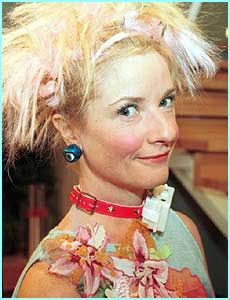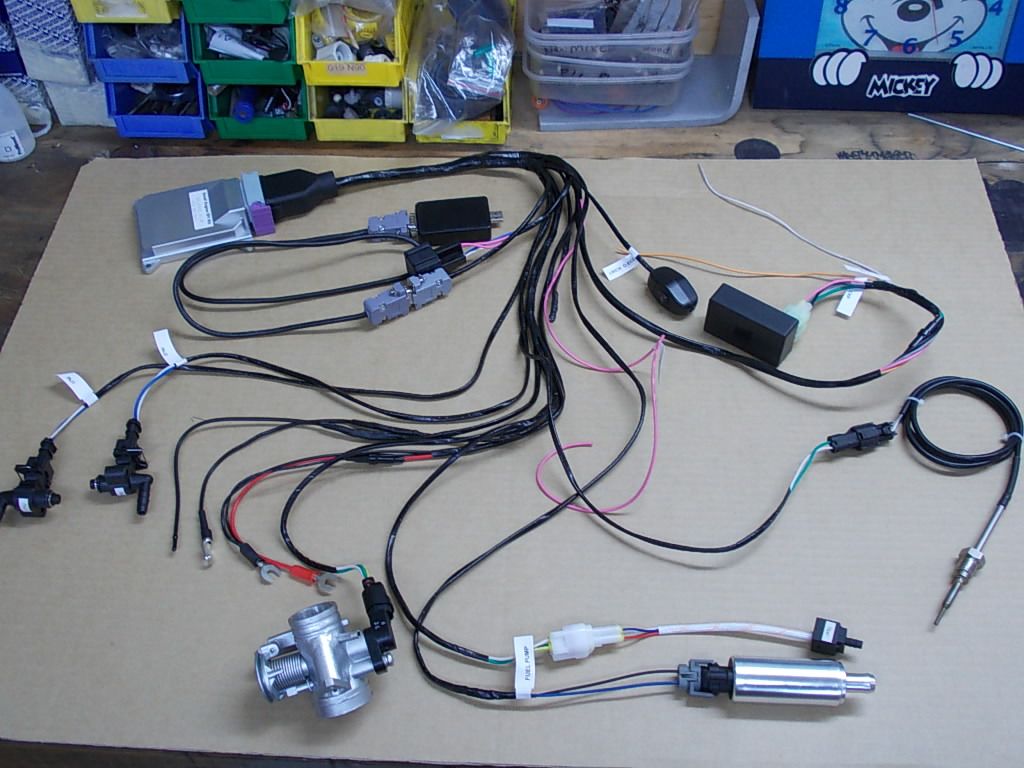.
Page ..... 1500 .... How to search within the ESE mega-thread?
There are over 7000 images on this thread, use "Thread Tools" to view them and then click through to the original post about them.
If you are looking for 2T tuning technical information. Because this is a show and tell thread, this thread is best read backwards, ie start at the last page and read back towards the beginning that way you get to read the answer without having to wade through the confused questions.
A lot of the decade pages have collections of quotes and links to interesting things.
Page 1500 Links List.
Page 1490 Wiseco vis other pistons discussion.
Page 1480 Discussion with data maps about why Marshengs bike runs hotter in the corners.
Page 1470 Wiseco vis other pistons and their short comings.
Page 1460 Page talks about HCCI. Bike catches fire at Wanganui Cemetery RR.
Page 1450 Working with pumper carbs.
Page 1440 The insides of the Ryger is revealed on this page.
Page 1430 Pumper carb tuning talk.
Page 1420 The Frepan TZ400 built by Wobbly. Lots of links and pictures.
Page 1410 Air/Fuel ratio meter and how to use a Lambda sensor with a two stroke.
Page 1400 2:1 Pipes, and the power advantages of cutting the Ex side of the piston short.
Page 1390 EngMod2T, simulating and testing pipe designs.
Page 1380 Dyno results, testing different sized air correction jets.
Page 1370 Links to Rod/Piston kits and parts suppliers.
Page 1360 Dyno results for some F5 Bucket 50cc bikes.
Page 1350 To much talk about the Ryger so celebrating the work other people are doing in their sheds.
Page 1340 Frits on why the ring peg should be at the 6 o’clock position.
Page 1330 Peoples interesting projects.
Page 1320 Links to Rods and Pistons technical data.
Page 1310 Celebrating Kels very neat and rather quick KR125/RS project.
Page 1300 Celebrating peoples home built racing projects.
Page 1290 People doing real Bucket building stuff. Ryger uses up a lot of space from here on.
Page 1280 Links to Peewee’s, Lightbulbs, Adegnes’s and Ken Seebers racing projects.
Page 1270 Transfer Port Theory.
Page 1260 Ex and Transfer port design with pictures.
Page 1250 Links List
Page 1240 2T development Software, Port Theory, Interesting Sites
Page 1230 Compression Ratio, Ex duct shape and length, Fancy spark plugs.
Page 1220 Reed Valve Petals, Oxygen Sensors, Exhaust duct step at the pipe flange.
Page 1210 Ignition Trigger Woes, EngMod 2T and Blow-Down, Fuelling Curve.
Page 1200 Frits on power spread and the ratio of the maximum and minimum points in the power band.
Page 1190 No data, but a lot of talk about what the Ryger engine might look like.
Page 1180 Frits on 2T fuel consumption. M50 cylinder portmap and EngMod2T analysis.
Page 1170 Engine/Gearbox oils and bearings. Transfer duct shape and optimal Ex port timing.
Page 1160 Frits - Engines need large crankcase volumes, Power vis Handling.
Page 1150 Serious talk about crankcase volume.
Page 1140 Measuring the transfer duct length, Ignitec, Expansion chamber design, Trombone pipe.
Page 1130 Team GPR Edgecumbe Videos …. Cooling 2T’s …. 3xEx vis T port,
Page 1120 Crank Balancing, Ceramic Coating, Plugs, Piston Edge chamfers, RS125 pipe dimensions.
Page 1110 TeeZees progress on the EFI thing with the Beast.
Page 1100 No Data but some talk about pickups and EngMod 2T transducer position in the pipe.
Page 1090 Links about the Detonation Sensor and Temperature Data Logger.
Page 1080 No Data, the plenum is protested, Frits on Blowdown and Transfer window height.
Page 1070 Exhaust Duct shape, Kawasaki and BRC EFI dyno videos.
Page 1060 No Data but talk about Port shape and Flow in a duct on this page.
Page 1050 EngMod2T setup talk about pipes, transfer ports and the TubMax graph.
Page 1040 Basics of pipe design and how to influence where the point of maximum depression occurs.
Page 1030 Racing at Greymouth, its well worth a look to see Team GPR in action.
Page 1020 Pipe dimensions, Seattle Smittys hydroplanes. Husaburgs piston link.
Page 1010 Suspension Tuning.
Page 1000 has a lot of useful information and links. http://www.kiwibiker.co.nz/forums/sh...post1130773139
On Page 500, Bucket has links to how Team ESE built their Suzuki GP125 26, 28 and 31 hp engines:- http://www.kiwibiker.co.nz/forums/sh...-tuner/page500
Starting from the beginning I have been trying to find the posts that talk about pipes and collate and edit them. There is heaps of it, mostly from Wobbly and pages 620 630 640 650 660 670 680 690 700 710 720 730 740 750 760 770 780 1040 and 1050 have un edited collections of raw material.






 Reply With Quote
Reply With Quote
 Not perfect yet but very very promising.
Not perfect yet but very very promising.












Bookmarks